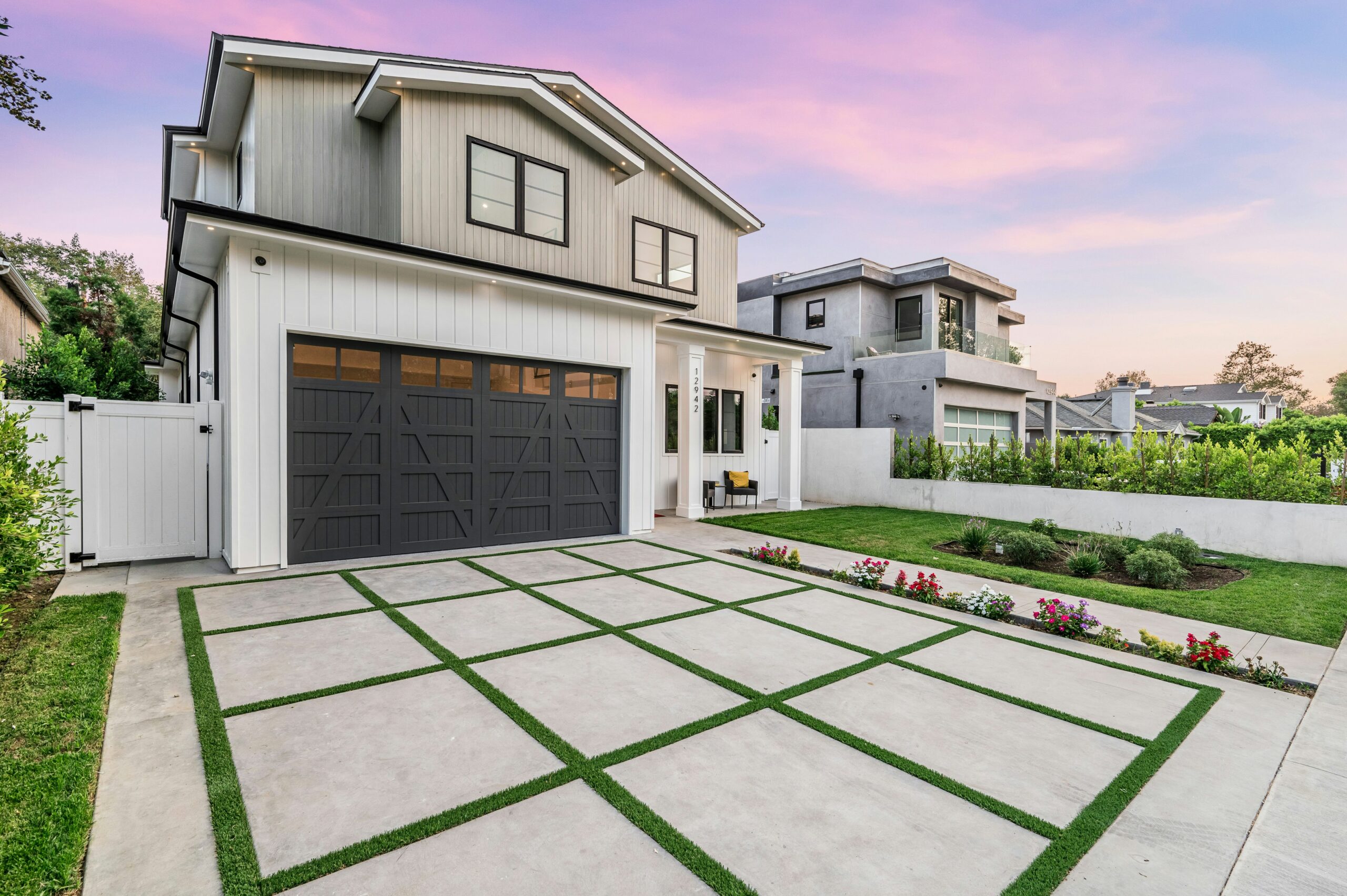
Transforming the Way People Buy and Sell Homes
Virtual reality in real estate is no longer a future concept—it’s happening now. With buyers and investors demanding smarter, faster, and more engaging ways to explore properties, the real estate market has embraced technology like never before. Agents now offer VR property tours that save time, enhance buyer interest, and speed up sales decisions. This tech is changing the game for both residential and commercial properties.
Why Virtual Reality Matters in Real Estate Today
Real estate depends on strong visual presentation. Buyers want to imagine themselves in a space before they visit. In today’s fast-moving market, physical tours aren’t always practical or possible—especially for international or out-of-state clients. That’s where virtual reality in real estate plays a powerful role. It lets buyers “walk through” a property without leaving their homes. They can inspect layouts and test room flows and get a feel for the property in full 3D.
Cost-Efficiency and Time Savings
Agents who use VR reduce the number of physical showings, which saves both time and money. Virtual tours filter out unqualified prospects. Only the most interested buyers move on to in-person visits. This means fewer open houses, reduced staging costs, and more efficient use of staff and resources.
Developers also benefit. Before construction finishes, they can showcase digital models of homes or offices. Investors and early buyers can view future spaces with detail and accuracy. That makes it easier to lock in pre-sales and funding.
A Competitive Edge for Modern Realtors
Virtual reality in real estate helps agents stand out. It shows that they embrace innovation and care about client convenience. When buyers can access immersive tours from their phone or VR headset, they gain more control over their search. This modern approach builds trust, strengthens the brand, and improves client satisfaction.
In competitive markets, a digital edge like VR could be the difference between closing a deal and losing a prospect. Buyers move quickly, and agents who offer VR tours meet that need with style and precision.
Engaging Clients Like Never Before
VR does more than just show a home—it tells a story. Designers can add voiceovers, background music, and text pop-ups to highlight property features. They can also personalize the virtual staging to match the client’s taste. This emotional connection helps buyers visualize living or working in the space, which increases their desire to buy.
With interactive tools, users can open cabinets, measure walls, or switch between day and night views. This makes the experience hands-on and exciting, even if the property is thousands of miles away.
Boosting Sales for Builders and Developers
New developments often rely on early commitments to attract funding. Virtual reality in real estate enables developers to market units before breaking ground. With a complete VR experience, potential buyers can walk through entire complexes, view multiple floor plans, and explore amenities.
Buyers can see how natural light enters the rooms, how the furniture fits, and how the layout works. This builds confidence and drives sales long before a physical structure exists.
Virtual Reality and Global Real Estate Markets
Cross-border transactions become easier with VR. International buyers, corporate clients, and remote investors can explore properties without booking flights. This opens real estate markets to global audiences, creating more opportunities for sellers.
Real estate firms that support international growth can now provide fully translated and customized VR tours tailored to buyers from different regions. These virtual tools help break language barriers and cultural gaps, making transactions smoother and faster.
Better Training and Collaboration
The impact of virtual reality in real estate goes beyond sales. Training new agents becomes more effective when they can virtually walk through properties and learn about layout terminology, inspection checklists, and staging techniques. VR also supports team collaboration by allowing multiple agents and stakeholders to meet inside the same virtual space and discuss design choices, renovations, or client feedback.
Looking Ahead: Where VR Will Go Next
As the technology improves, VR in real estate will become even more interactive. Artificial intelligence will personalize tours, adjust features in real-time, and suggest listings based on buyer preferences. Augmented reality (AR) will also join the mix, allowing users to project virtual designs onto real-world spaces using smartphones or glasses.
Eventually, virtual real estate experiences will integrate with smart home systems. Buyers will not only see the property—they’ll interact with lights, thermostats, and appliances to test how the space performs.
Final Thoughts
The future of real estate isn’t far away—it’s already here. Virtual reality in real estate gives agents, developers, and buyers better tools to connect, explore, and decide. With improved efficiency, immersive engagement, and global reach, VR is more than a trend—it’s a necessary shift.
As the market grows more competitive, the smartest players will be those who embrace this change early. If you’re in real estate today, you can’t afford to ignore the power of virtual reality.